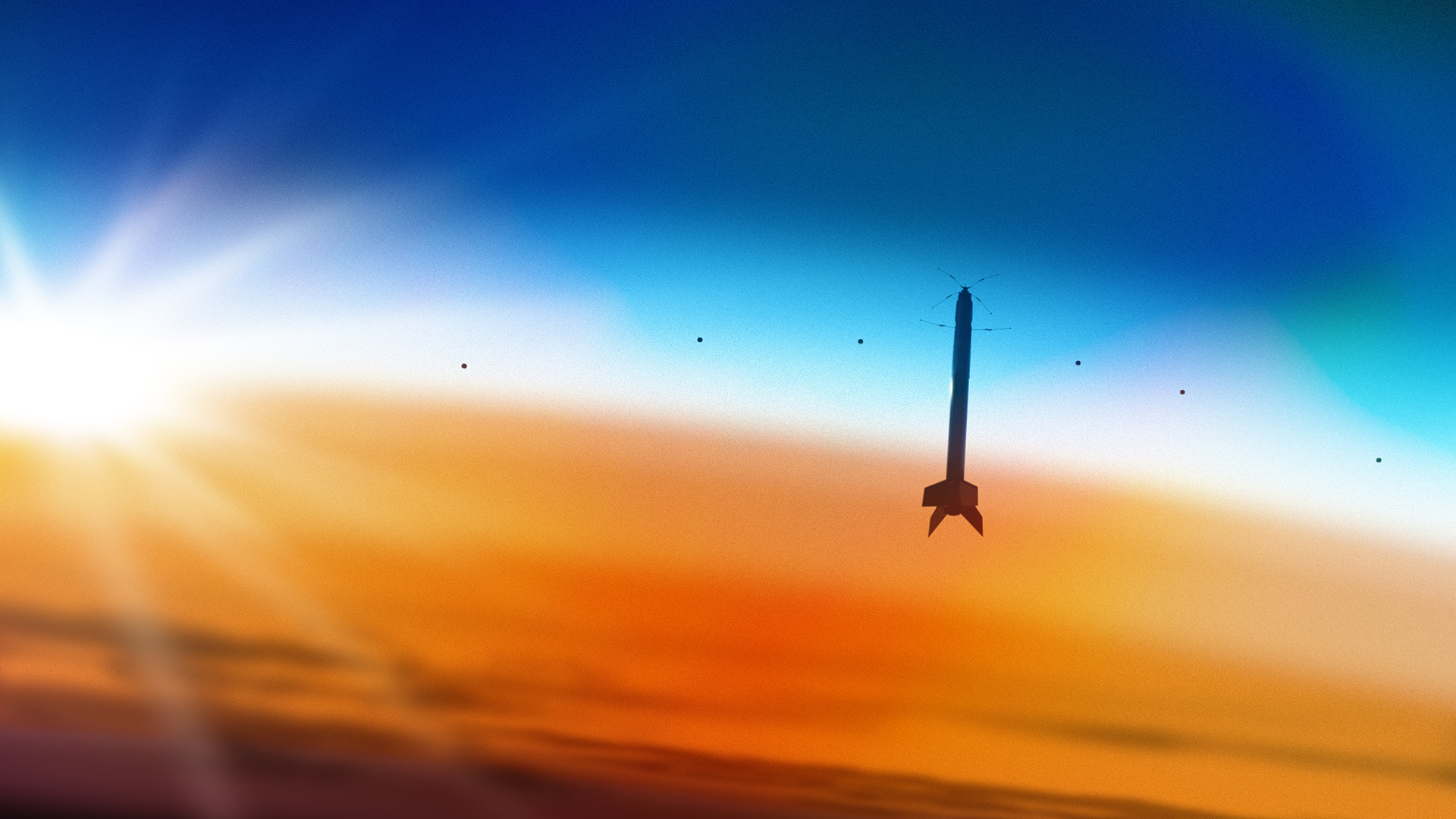
The GHOST mission
Design your experiment, launch it, and touch the near-space environment! Now this is possible by participating in the GHOST project. GHOST is a NASA suborbital rocket that will be launched from Andøya Space at the end of 2025. It will carry out student experiments from several countries, aiming to unveil the secrets of the near-space environment and perform space technology tests. See further details about GHOST and how to apply below. The application deadline is March 31, 2024.
Why apply?
GHOST is the second partnership between NASA’s Wallops Flight Facility (WFF), Andøya Space (ASP), and the RockSat-X program, with the aim of providing students with access to near-space.
GHOST is open for applications from the US, Japan, and ESA countries, aiming to trigger a rich international environment for engineering and science students. This sounding rocket is conceived to reach a maximum altitude of about 300 km, providing a unique opportunity to do measurements in a near-space environment and perform tests of space equipment.
During their work with the GHOST mission, students will get real-world, hands-on experience with space hardware and develop the technical skills needed to work in the space industry. Additionally, students are exposed to the complete life cycle of a sounding rocket campaign: conceive, design, build, fly, analyze, and report. The success of the mission is ensured by utilizing system engineering processes.
The previous mission
GHOST, which stands for “Grand Challenge Initiative: Mesosphere/Lower Thermosphere Student Rocket”, is the second of these kinds of initiatives. Previously, in 2019, over 100 students from Norway, Japan, and the US formed seven teams and participated in the G-CHASER program. The student rocket provided an opportunity for engineering and science students to participate in an international research campaign to study the cusp of Earth’s magnetic field. Each student team developed their own science mission over a period of 18 months. Each experiment was designed, built, and tested to a set of specific requirements defined in the G-CHASER User’s Guide.
All experiments were verified at NASA’s Wallops Flight Facility in August 2018 and re-verified at Andøya Space in January 2019. G-CHASER flew on a Terrier Improved Malemute with telemetry and power for the experiments. Both GHOST and G-CHASER are based on the Colorado Space Grant Consortium’s RockSat-C and RockSat-X programs, which have launched 20 student sounding rockets at WFF since 2008, engaging over 12,000 students and faculty in over 200 experiments.
Your experiment in space
There are six full experiment spaces on the GHOST rocket. Five in the aft and one in the nosecone. These full spaces are allocated power, volume, weight, power, and telemetry, as specified in the GHOST user guide. In addition, the teams have the possibility to utilize only half of their selected aft experiment space, with the potential of dividing it into a total of 10 half spaces. This allows them to either share space with others, reducing the total cost, or to perform more experiments in the same space. Moreover, Andøya Space has included their in-house developed CubeSat deployment module, containing up to 4 CubeSat modules. These CubeSat modules come with their own bus interface and provide even further possibilities for adding experiments to the GHOST rocket.
The purpose or mission of an experiment is open to the student teams. Which instruments will eventually fly with the GHOST student rocket will be determined by the scientific goals of each participating university student team.
How to apply
If you are a student at an institution in the US or Canada, follow the guidelines that you will find at this link. If you are a student from an ESA member country or Japan, please follow the guidelines below.
In order to be a part of the GHOST mission, your team must express interest in participating by submitting an intent-to-fly form via email. The intent-to-fly form can be downloaded here. The application deadline is March 31, 2024. A down-selection process will be utilized after the intent-to-fly form is submitted. More information will be given to the applicants at a later stage.
